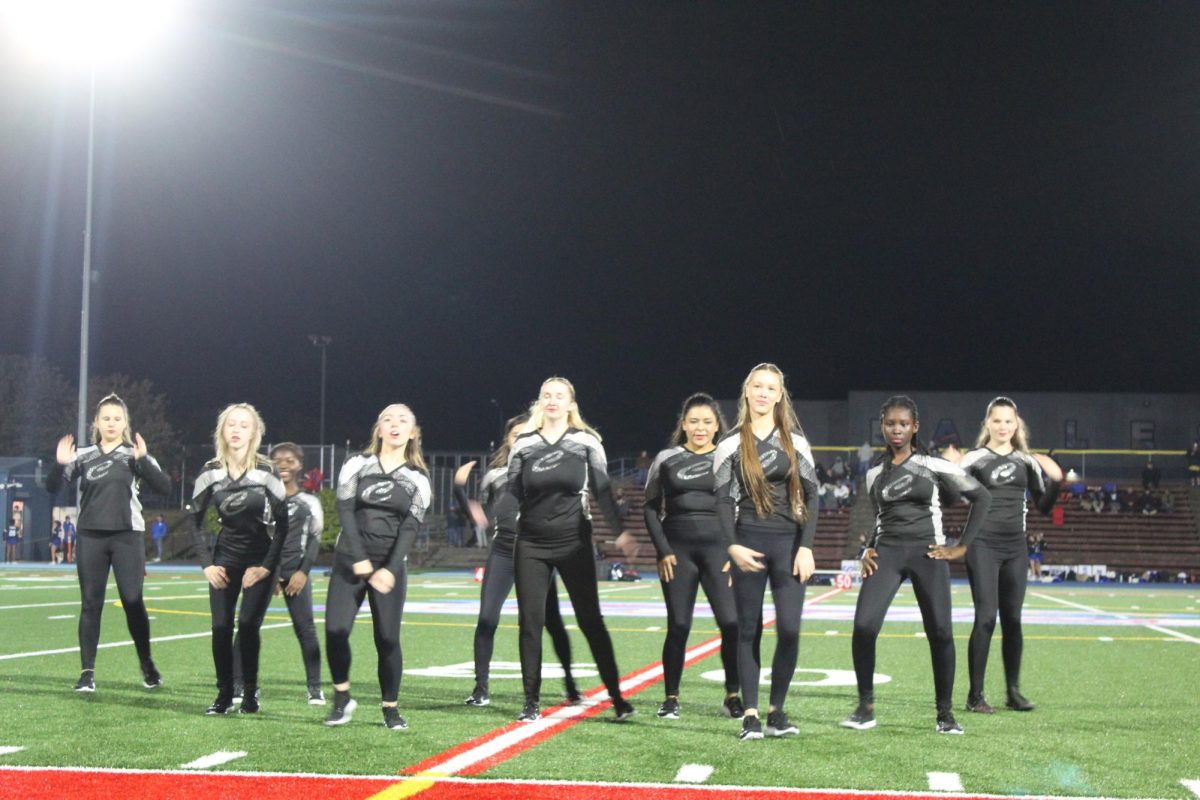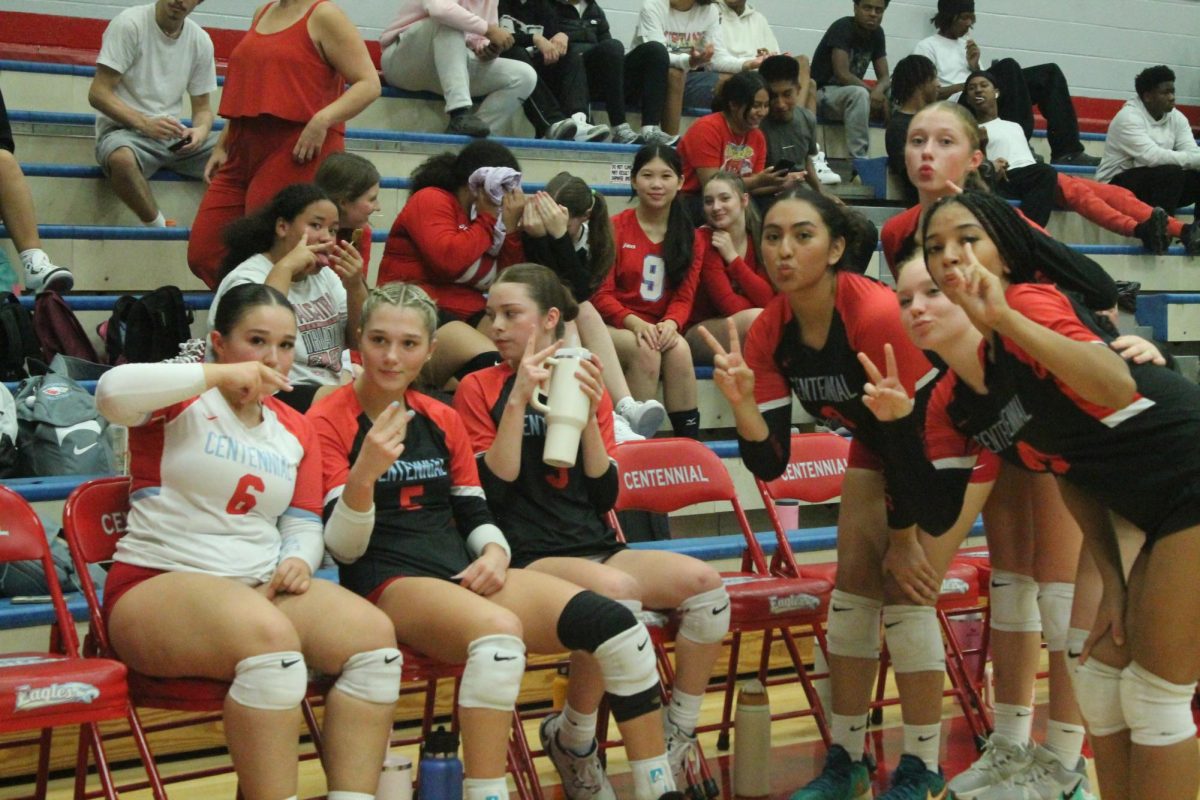It is a common European prejudice that European schools provide a better education than American schools. Obviously, we can’t generalize it like that. But what distinguishes them and which one is better. As an exchange student, I will compare them based on my personal experience.
Let’s look at how the schools are structured. In America, elementary school covers the ages 6-10 or the grades 1st-to-5th grade. After that, students attend middle school for three years, 6th-to-8th grade or the ages 11-to-13, and then transfer to high school for another 4 years. At 17 or 18 years old, respectively grade 12, students graduate. Another difference is that students don’t have to pass an exit exam to graduate high school. The only test you have to pass to go to college is the SAT, which is not a specialized but a general test. So the main goal of high school is to prepare students for college, and to give them a foundation of knowledge. While high school seems to be partially easy, the educational level increases immensely in college. An alternative way to achieve more knowledge is to go to a private school. There are disadvantages of private schools, like the high costs and religious factors keep many parents from sending their children private institutions.
In Germany, elementary schools (Grundschulen) start the same way, but after 4th grade (the end of primary school) students get sorted into secondary schools based on their level of education. The three options, starting from lowest to highest educational level are: Hauptschule, Realschule, Gymnasium. Depending on the school, there are different graduation years and options for universities and jobs. Hauptschul and Realschul students can start a vocational training in trades, or go to a university of applied sciences after 9th grade. An academic secondary student can attend a real university after earning a high school diploma in 13th grade. There are opportunities for advancement at certain times for everyone, it rarely happens though.
Another big difference is the schedules and classes. When I got here and saw the classes this school offers, I was surprised at first that there was such a large selection of classes. There are many specialized classes for students to get an idea of some occupations they might do in the future. For example, this Journalism class gives you an idea of what journalists do. A further advantage of this kind of election is finding out what your strengths and weaknesses are, and being able to select strong matches so you can focus on personal strengths.
In my Gymnasium school at home this year, meaning the 11th grade, I got to withdraw from some of my classes for the first time. Until 10th grade, all of the 13 subjects are required subjects, which you have to attend all year and take 2-4 exams per year. These 13 subjects are not based on practical experiences in a work field. Whereas, they do cover every science, at least three languages, every kind of math (geometry, algebra, trigonometry), and social studies (history, economy, politics, geography). Now imagine all of these in AP level and the requirement to pass all of them with at least a C.
It can be said that my German school is way harder, puts a lot of pressure on German students, and doesn’t leave much room for individual development. However, it does offer more than a basic knowledge, and it professes to prepare me for almost every job and university. American schools offer every student equal chances and many opportunities to find their individual strengths and goals in life, and prepare them well for college. They also include more areas of the working world and AP classes which go deeper into topics. In my opinion, both systems give ambitious students a good foundation to success in life, and we can’t draw conclusions about the intelligence of an entire nation based on the school system.







